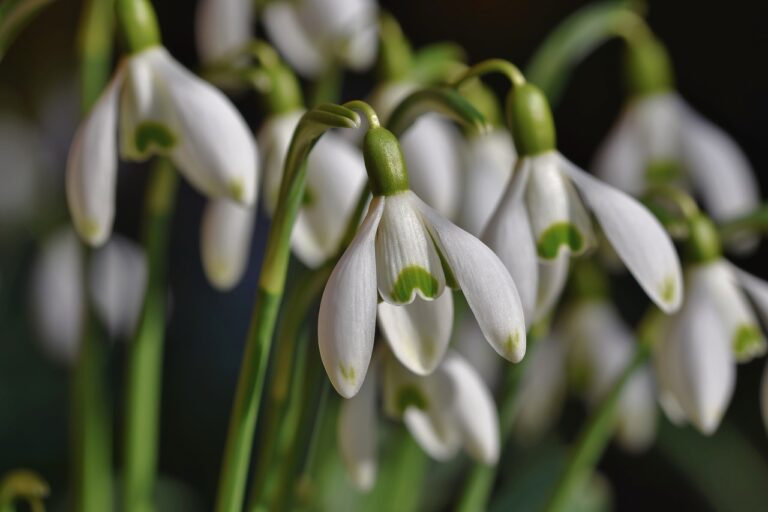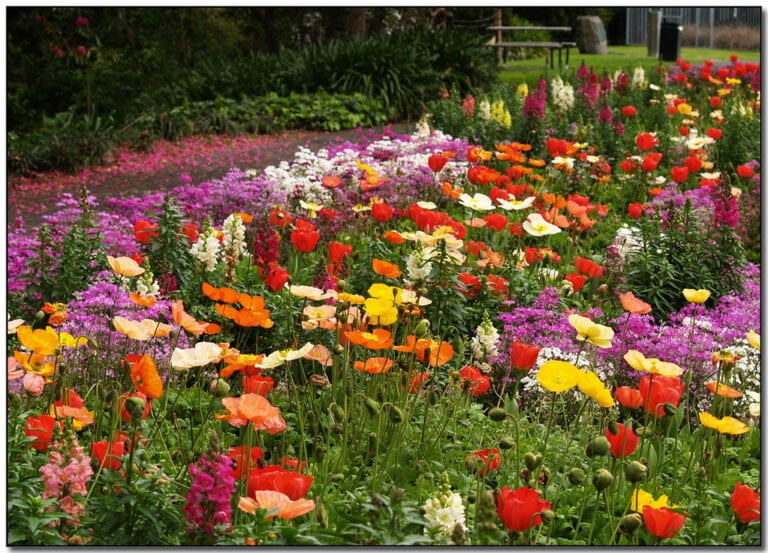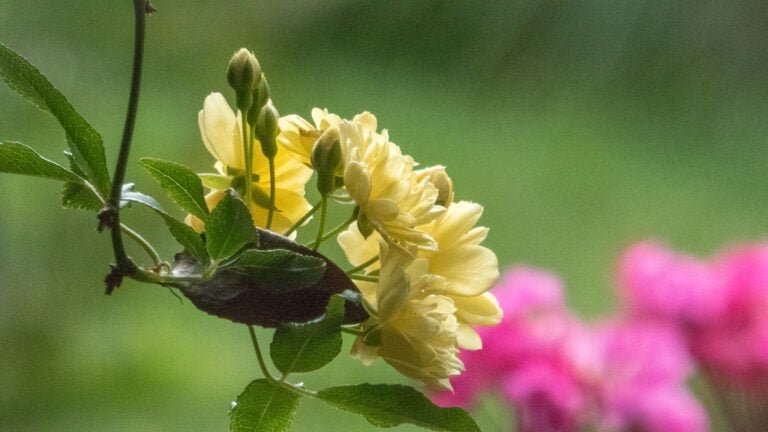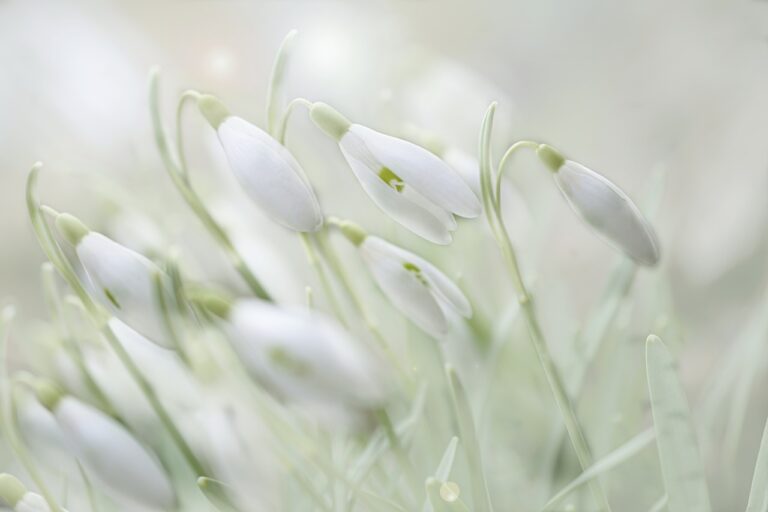Exploring the Beauty of Purple Climber Plants
Are you ready to discover the breathtaking beauty of purple climber plants? Get ready to be amazed as you explore the vibrant hues and graceful vines of these stunning plants. In this article, we'll delve into the different types of purple climbers, the benefits of growing them, and the ideal conditions for their success. We'll also share popular varieties, planting tips, and techniques for pruning and training. Don't miss out on this opportunity to enhance your landscape with the captivating allure of purple climbers.
Types of Purple Climber Plants
Discover the diverse array of purple climber plants available for you to cultivate and admire in your garden. These stunning plants not only add a pop of vibrant color to your outdoor space, but they also provide a sense of elegance and beauty. One type of purple climber plant you can consider is the Purple Hyacinth Bean Vine. With its deep purple flowers and vibrant green leaves, it creates a mesmerizing display. Another option is the Clematis 'Etoile Violette', which features velvety purple flowers that bloom profusely. For a more delicate touch, the Purple Passionflower Vine is a great choice, with its intricate purple blooms and attractive foliage. No matter which purple climber plant you choose, it is sure to enhance the aesthetic appeal of your garden and create a visually stunning landscape.
Benefits of Growing Purple Climbers
Growing purple climbers in your garden offers a range of benefits that go beyond their stunning visual appeal. These climbers not only add a vibrant pop of color to your outdoor space but also provide numerous advantages that can enhance your gardening experience. Firstly, purple climbers are excellent for creating privacy as they can quickly cover fences, walls, or trellises, shielding your garden from prying eyes. Additionally, these plants attract beneficial pollinators like bees and butterflies, promoting biodiversity in your yard. Purple climbers also act as natural air purifiers, absorbing pollutants and releasing fresh oxygen into the environment. Furthermore, they can provide shade and reduce the temperature in hot summer months, creating a more comfortable outdoor living space. By growing purple climbers, you not only enrich the aesthetic appeal of your garden but also contribute to a healthier and more sustainable ecosystem.
Growing Conditions for Purple Climbers
To successfully cultivate purple climbers in your garden, it is important to provide them with the right growing conditions. These beautiful plants thrive in full sun, so choose a spot that receives at least six hours of direct sunlight each day. Purple climbers also prefer well-drained soil that is rich in organic matter. Make sure to amend the soil with compost or aged manure before planting. These climbers are quite vigorous, so they will need sturdy supports to climb on. Install trellises, fences, or arbors to provide them with the necessary structure. Regular watering is crucial, especially during hot and dry periods. Keep the soil evenly moist, but avoid overwatering, as it can lead to root rot. By creating these ideal growing conditions, you will be rewarded with vibrant and thriving purple climbers in your garden.
Popular Varieties of Purple Climbers
If you're looking to add some color and vibrancy to your garden, consider planting one of these popular varieties of purple climbers. The Clematis 'Jackmanii' is a stunning choice, with its deep purple flowers that bloom from late spring to early fall. Another option is the Wisteria sinensis, known for its cascading clusters of purple flowers that hang like grapes. For a more compact option, the Purple Bell Vine (Rhodochiton atrosanguineus) is a great choice. Its unique bell-shaped flowers are a rich shade of purple and add a touch of whimsy to any garden. Lastly, the Morning Glory 'Grandpa Ott' is a classic choice, with its deep purple blooms that open in the morning and close in the afternoon. These popular varieties of purple climbers will surely add a touch of beauty to your garden.
Tips for Planting Purple Climbers
When planting purple climbers, it's important to start with a well-prepared soil bed. Purple climbers thrive in soil that is rich in organic matter and well-draining. Begin by clearing the area of any weeds or debris, and then loosen the soil using a garden fork or tiller. Add compost or well-rotted manure to improve the soil's fertility and structure. Before planting, soak the climbers' root balls in water for about 30 minutes to ensure they are well-hydrated. Dig a hole that is slightly larger than the root ball and place the climber in the hole, making sure the top of the root ball is level with the soil surface. Backfill the hole with soil, gently firming it around the plant. Water thoroughly after planting and regularly thereafter to keep the soil evenly moist. As the purple climbers grow, provide support such as trellises, fences, or arbors for them to climb on. Regularly prune and train the climbers to maintain their shape and encourage healthy growth. With proper preparation and care, your purple climbers will reward you with their stunning beauty and vibrant colors.
Caring for Purple Climber Plants
Take care of your purple climber plants by regularly watering, pruning, and providing support for them to climb on. Purple climber plants are known for their vibrant blooms and their ability to add a touch of elegance to any garden or landscape. To ensure their health and beauty, it is important to water them regularly, especially during dry periods. Make sure the soil is moist but not waterlogged, as excessive water can lead to root rot. Pruning is essential for maintaining the shape and size of the plant. Remove any dead or damaged branches to promote new growth and improve air circulation. Additionally, providing support for the climbers to climb on, such as trellises or fences, will help them reach their full potential and create a stunning display of purple flowers. By following these care tips, you can enjoy the enchanting beauty of your purple climber plants for years to come.
Pruning and Training Purple Climbers
To maintain the shape and promote healthy growth of your purple climber plants, it is important to prune and train them regularly. Pruning helps remove dead or diseased branches, allowing the plant to allocate its energy towards new growth. Start by removing any damaged or crossing branches, as well as any suckers that may appear at the base of the plant. To train your purple climber, gently tie the main stems to a trellis or support structure, ensuring they are evenly spaced and have room to grow. As the plant grows, continue to check for any new growth that needs pruning or training. Regular pruning and training will not only keep your purple climber looking tidy and well-kept, but it will also encourage more blooms and healthier foliage.
Common Pests and Diseases of Purple Climbers
Protecting your purple climber plants from common pests and diseases is essential for their long-term health and beauty. These vibrant plants may attract a few unwanted visitors, such as aphids, spider mites, and whiteflies. These pests can weaken the plants and inhibit their growth. To combat these invaders, you should regularly inspect your plants for any signs of infestation and take immediate action. Use organic insecticides or homemade remedies like neem oil or a mixture of water and dish soap to deter these pests. Additionally, purple climbers are susceptible to fungal diseases like powdery mildew and black spot. Proper air circulation, regular pruning, and avoiding overwatering can help prevent these diseases. If your purple climbers do become infected, treat them with fungicides specifically formulated for these ailments. By staying vigilant and taking preventative measures, you can ensure the health and longevity of your beautiful purple climber plants.
Using Purple Climbers in Landscape Design
Enhance your landscape design with the vibrant beauty of purple climber plants. These stunning plants not only add a pop of color to your garden but also provide vertical interest, creating a visually appealing focal point. Purple climbers, such as the Purple Clematis or the Purple Wisteria, can be trained to grow on trellises, pergolas, or fences, adding height and structure to your outdoor space. Their rich purple hues create a sense of tranquility and elegance, making them a perfect addition to any garden design. Whether you want to create a romantic atmosphere or simply want to add a touch of whimsy, purple climbers are versatile and adaptable, allowing you to create the landscape of your dreams. So, why not let these enchanting plants transform your garden into a haven of beauty and serenity?
Inspiring Purple Climber Plant Combinations
If you're looking to create stunning combinations with purple climber plants in your garden, consider pairing them with complementary foliage or vibrant flowers. The deep and rich hues of purple climbers can be beautifully enhanced by the right plant companions. One great combination is to pair purple climbers with plants that have silver or gray foliage. The contrast between the purple flowers and the silver leaves creates an eye-catching display. Another option is to pair purple climbers with plants that have yellow or orange flowers. The warm tones of the flowers create a striking contrast against the cool purple blooms. Additionally, you can create a romantic and dreamy atmosphere by combining purple climbers with plants that have soft pink or white flowers. This combination exudes elegance and grace. Experiment with different combinations to find the perfect one that suits your garden and personal taste.
Conclusion
In conclusion, purple climber plants are a stunning addition to any garden or landscape. With their vibrant blooms and ability to add vertical interest, they can completely transform the look and feel of your outdoor space. Whether you choose a clematis, wisteria, or morning glory, these plants offer a range of colors and textures that will surely captivate your senses. So why not bring a touch of elegance and beauty to your surroundings with the enchanting purple climbers?






